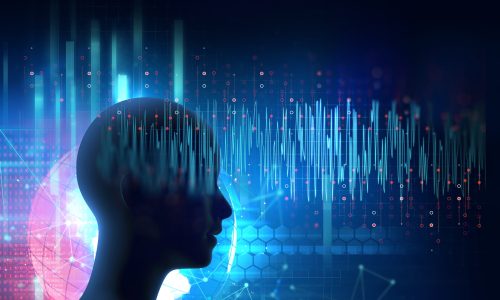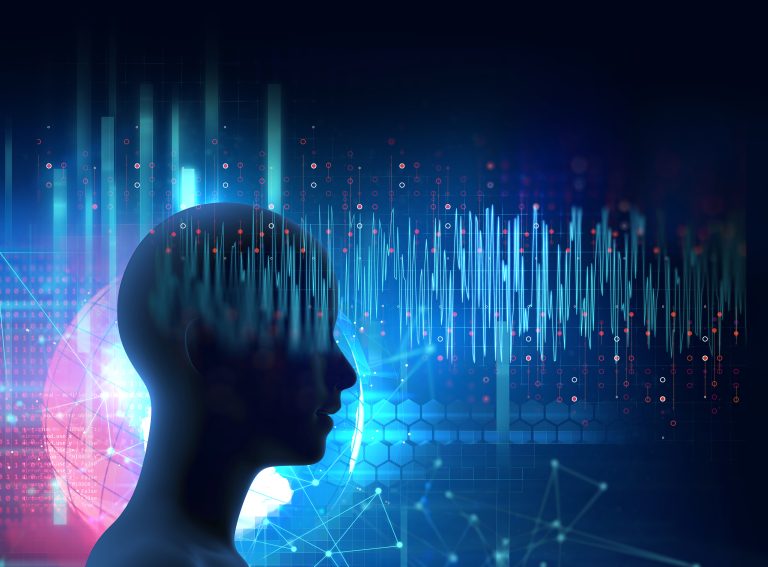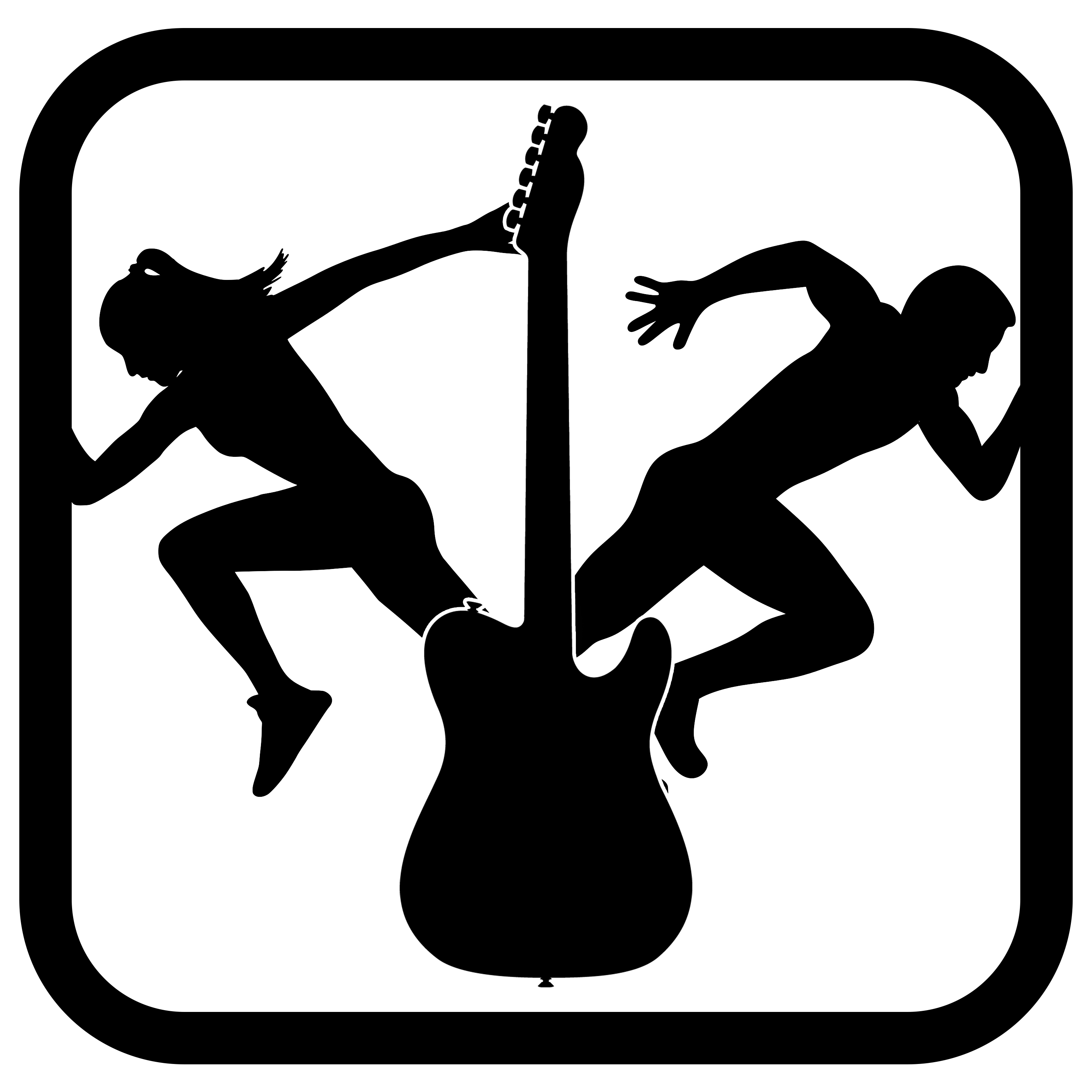How Music Helps our Mental Muscles

Did you know that learning to play a musical instrument is one of the best ways to improve your brain health? It’s true!
Musical training can help you with everything from problem solving to multitasking. But what exactly is it about music that makes it so good for our brains? Let’s take a closer look.
For starters, music is all about rhythmic routines. When you learn to play an instrument, you are constantly practicing patterns of movement. This helps to improve your motor skills and coordination. In addition, playing music requires you to pay attention to multiple things at once. You have to keep track of the notes you are playing, the rhythm, and the overall sound of the piece. This can help to improve your focus and concentration. Developing timing and dynamics help us to understand the nuance of conversational language, and to develop a sense of “affective attunement” with others. All of these skills come in handy in everyday life!
When we listen to music, our bodies respond by releasing brain chemicals called neurotransmitters – like dopamine, serotonin and oxytocin – that can improve our mood and overall sense of well-being. Research has shown that music can help to reduce stress, anxiety, and pain. It can also improve our immune system function. So if you’re looking for a natural way to boost your health, listen to some tunes!
Another reason why music is good for our brains is that it stimulates our vibrational nerve receptors. These receptors are responsible for sending information about vibration and sound from the environment around us to our ears and from our ears to our brains. When we play or listen to music, these receptors are activated and we experience a chemical induction of neurotransmitters in the brain which underlies many of music’s positive effects.
How is the process of playing music different from listening though? The idea of muscle memory was introduced into common usage in the early 20th century. It’s the idea that we can store ‘information’ on our muscular movements in our brain so that we can recall those movements reliably without having to think deeply about them. This is why, for example, if we’ve once learned to ride a bike, we can usually pretty reliably ride a bike down the line again some time – even if we haven’t been on one in years.
When we play an instrument, we are constantly exercising minute musculatures in our fingers with this same muscle memory. This helps to improve our ability to remember things and make connections between different concepts. In addition, playing music engages both sides of our brain at once. This helps to improve communication between the left and right hemispheres of the brain and can lead to improved cognitive function overall. The left side of our brain is responsible for language and logical reasoning while the right side is responsible for creativity and emotional expression.
When we are pulling together vocabulary pieces of our musical muscle memory, we are using our left brain – but we are also using our creative side of our right brain to decide on which of our logical banks of options to use. This is why music can be such a powerful tool for improving cognitive function – it engages both sides of our brains and forces us to communicate with other folks, and both sides of their brains at the same time!
Improvisation is a great way to engage both sides of the brain as well. When we improvise, we have to be constantly making decisions about what to play next based on what we are hearing in the moment. This requires us to use both our logical and creative sides of our brain at the same time in a different way than reading off a page or using our ears to follow along to a song.
Singing and drum circles are some of the oldest forms of human social interaction and have been shown to have a number of spiritual and shamanistic benefits. Rhythmic music played amongst large groups can help to induce states of trance and deep meditation or euphoric excitement. They can also help to increase feelings of connectedness and unity with others – or work to isolate us from them depending on the context in which they are used.
Singing and migraines may not seem like a match made in heaven but in a recent article from the National Headache Foundation, one woman states that singing can her help to reduce the intensity and frequency of her chronic migraines. In the article and podcast episode, “Singing through the Pain” by Dr. Lindsay Weitzel, the author discusses with a patient how the rhythmic breathing and muscle movements required to sing can help to release endorphins, which are our body’s natural painkillers.
So I’ll pose the question again, why does music have such a profound effect on us? I think it has something to do with the fact that vibrational patterns in brainwaves induces different sets of conscious stimulae in our existential experiences of being. Our brainwaves are constantly changing based on what we are doing and how we are feeling. When we listen to music, the rhythmic patterns in the music can help to entrain our brainwaves into different states. Different types of music can induce different states depending on the tempo, melody, and harmony of the piece.
For example, slow, steady beats with a lot of low frequency sounds can help to induce a meditative state while faster paced music with a lot of high frequency sounds can help to increase alertness and focus. Binaural Beats are synthesized musical tones and frequencies which isolate specific brainwave patterns in each ear, causing your brainwaves to fall into sync with the tonal sound palette introduced usually through earphones.
This can have a number of different effects depending on what type of brainwave state you are trying to induce. Some people find that binaural beats help them to focus and concentrate while others find that they improve their mood and sense of well-being – even when coming through speakers. There is even some evidence to suggest that binaural beats can help to reduce anxiety and improve sleep quality when used correctly.
When we link our biorhythmic actions and thought patterns to the beat, we can use music to hack our nervous system and change our state of mind. This is why I think that learning to play an instrument can be such a valuable experience. Not only does it provide us with a creative outlet, but it also gives us a way to connect with others and improve our physical and expression of our mental health. Playing an instrument and learning the intricacies of harmonic relationships can help to make us more emotionally intelligent and in tune with the world around us.
Pneumonic devices have been a cornerstone of memorization techniques since the time of the Ancient Greeks. The word “pneumonic” comes from the Greek word for “of the mind” or “mental.” The prefix “pneuma-” meaning “breath” or “air” was added to this root word to indicate that the mind was seen as a something that was breathed into existence. A pneumonic is a memory device that helps us to remember information by linking it to something else that is easier to remember. One of the most famous pneumonic devices is “Every Good Boy Does Fine” which is used to help us remember the notes on the lines of a treble clef staff.
Pneumonic devices can be simple or complex, but they all serve the same purpose – to help us remember information by linking it to a concept which essentially is a rhythmic muscle memory for our brain. It’s like trying to remember the lyrics to a song, or the steps to a dance. If we can find a way to link the new information musically to something that we already know, it becomes much easier to remember.
This is why I think music as a foundational skill and language setting tool for each person is such an important part of our lives. Not only does it provide us with a creative outlet and a reason to breathe deeply, but a confidence in our abilities to communicate, connect, and heal.
“Music is the universal language of mankind.” – Henry Wadsworth Longfellow
You might have heard a hippie talking about fractals before. Fractal repetition is the replication of phenomena at scale – which is a fancy way of saying that processes which occur at one scale also occur, in a similar way, at other scales. This is true for both natural and man-made systems of many types.
In music, we can see fractal repetition at work in the way that intervals between tones and harmonic patterns are often repeated at different speeds or pitches; what I think is truly fascinating is to hear a single drum beat repeated at faster and faster speeds will ultimately result in the drum sounding like a single note – and as the frequency of the drumbeat increases, the note will become higher and higher in pitch. This works as an audial illusion which convinces our brain that the frequency of the drum beat translates to the pitch of a tone comprised of its repetitions.
How do our bodies and brain waves react to different rates of these fractally repeated tones being introduced to our sense receptors? In vastly different ways, it turns out. As we see in Binaural beats and music, the fractal repetition of music can have a powerful effect on our brain waves and nervous system. When we listen to music with a regular beat, our brainwaves begin to match the frequency of the beat too. This is why music can be such a powerful tool for helping us to focus and concentrate; it essentially syncs us to a quantized version of the world around us, helping us image and interface with the world rhythmically.
Conversely, when we listen to music that includes elements like Binaural beats or Iso-chronic tones with a lot of fractal repetition, our brainwaves begin to slow down and match the frequency of the tones. This is why music can be such a powerful tool for relaxation; it essentially de-syncs us from the fast-paced world around us and helps us to slow down and relax.
“If music be the food of love, play on.” – William Shakespeare
Metabolism is defined as the sum of all chemical reactions in an organism that allow it to maintain life. These processes include catabolism, which is the breakdown of complex molecules into simpler ones, and anabolism, which is the synthesis of complex molecules from simpler ones.
Our bodies are constantly breaking down and rebuilding cells, and this process is regulated by our metabolism. The rate at which our metabolism occurs can be affected by a number of factors, including our diet, exercise, stress levels, and sleep habits.
Our metabolism can be seen as a rhythm which ebbs and flows throughout the day. When we are asleep, our metabolism slows down in order to allow our bodies to rest and repair. As we wake up and begin to move around, our metabolism speeds up in order to provide us with the energy we need to get through the day.
The same can be said of our mental states. When we are in a state of relaxation, our thoughts tend to slow down and become less complex. As we become more active and engaged with the world around us, our thoughts become faster and more focused.
Our lungs and the intake of oxygen also create a rhythm. By matching the rhythm of our breathing to the beat of music, we can effectively set a mental pattern to slow down or speed up our metabolism of breath and oxygen flow to the brain. This can have a profound effect on our physical and mental state, and can be used to help us relax, focus, or even relieve pain and tension in the muscles which surround the spine.
Biorhythms and physiological rhythms can transmute our processes of internal reflection, external communication, and muscle movements into a dance of self-expression which can be used to heal, connect, and create.
“The way we walk, the way we talk, the way we cook and clean – these are all dances.” – Vicki Baum
Music has the ability to affect our moods, thoughts, and emotions. It can be used to relax or to focus our attention. It can be an outlet for our creativity or a source of comfort in times of stress.
I think it’s clear that music is an incredibly powerful tool that has the ability to affect our lives in a positive way. By learning to play music, we can not only improve our own mental and physical health, but we can also connect with others in a deeper way.
If you’re looking for a way to improve your overall wellbeing, I encourage you to poke around fretboardhustle.com or set up a lesson with Bryan *here* and start learning how to make harmony in your life.


